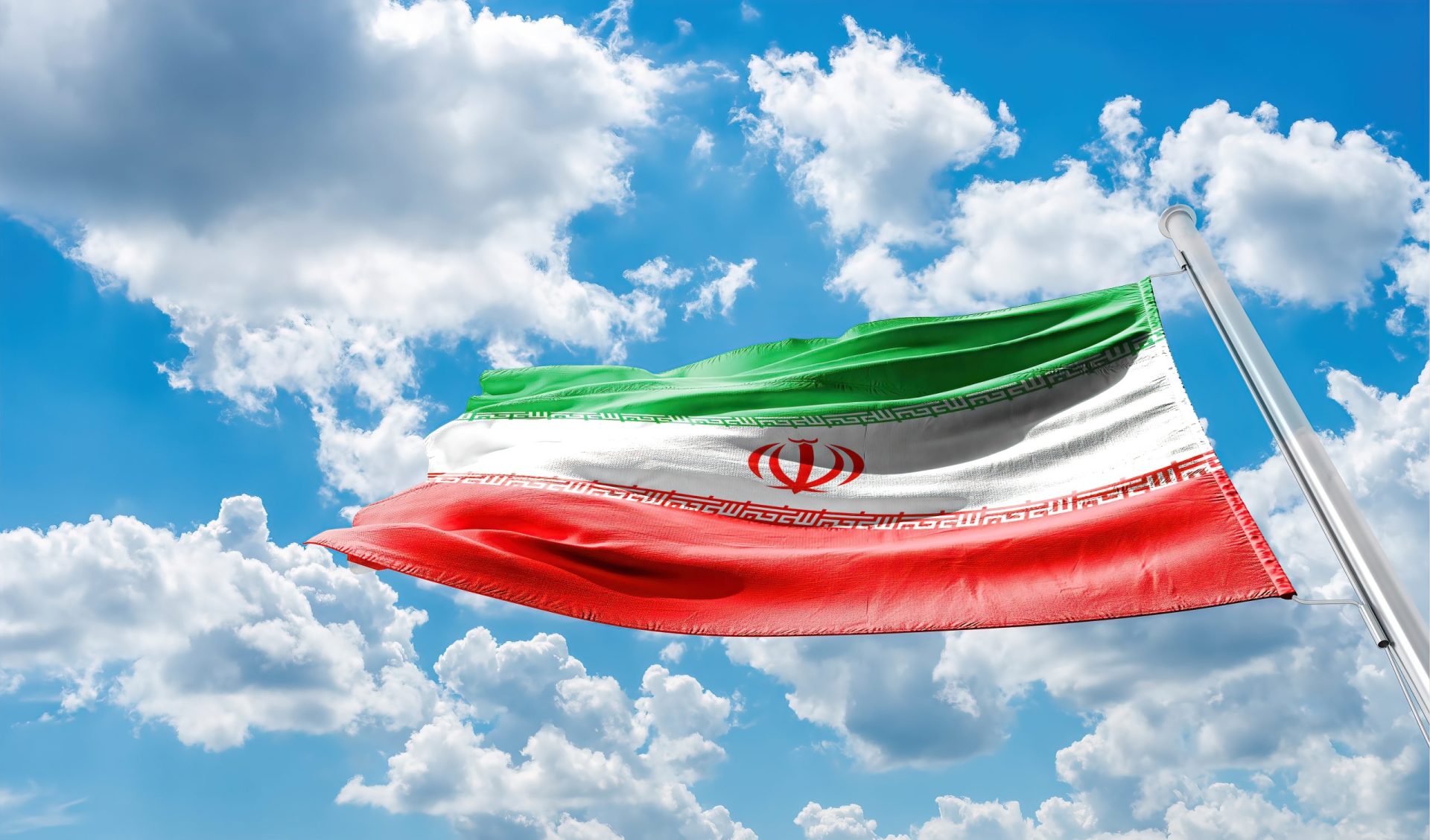
Iran’s PEACE Offer to U.S.
Iran President Masoud Pezeshkian has signaled a willingness to engage in indirect nuclear negotiations with the United States, emphasizing Iran’s commitment to peaceful nuclear development and openness to American investment.
At a Glance
- Iran agrees to indirect nuclear talks with the U.S. in Oman
- President Pezeshkian asserts Iran’s nuclear program is for peaceful purposes
- Iran expresses openness to American investment
- U.S. insists on direct negotiations; Iran prefers mediated discussions
- Regional tensions and military posturing add complexity to diplomatic efforts
Iran Signals Openness Amid Diplomatic Tensions
In a nuanced diplomatic move, Iranian President Masoud Pezeshkian has reiterated Iran’s commitment to nuclear non-proliferation and expressed a desire for improved economic relations with the United States. This development comes as both nations prepare for indirect talks aimed at addressing Iran’s nuclear program and easing longstanding tensions.
President Pezeshkian emphasized that Iran is not pursuing nuclear weapons, stating, “We are not after a nuclear bomb.” He also signaled openness to foreign investment, noting, “His excellency has no opposition to investment by American investors in Iran.” These statements suggest a potential shift in Iran’s approach to international engagement, particularly with the U.S.
Watch Al Jazeera’s report on the upcoming Iran-U.S. negotiations.
Divergent Views on Negotiation Formats
Despite President Pezeshkian’s conciliatory remarks, discrepancies remain regarding the format of the impending negotiations. U.S. President Donald Trump announced that direct talks with Iran are set to commence, stating, “We’re having direct talks with Iran, and they’ve started. It’ll go on Saturday. We have a very big meeting, and we’ll see what can happen.”
In contrast, Iranian Foreign Minister Abbas Araghchi clarified that any discussions would be indirect and facilitated by Omani mediators. He remarked, “Iran and the United States will meet in Oman on Saturday for indirect high-level talks.” This divergence underscores the complexities inherent in U.S.-Iran diplomatic engagements.
Regional Dynamics and Military Posturing
The backdrop to these diplomatic overtures includes significant military movements and regional tensions. The U.S. has deployed six B-2 stealth bombers to Diego Garcia, a strategic base in the Indian Ocean, in a move perceived as a pressure tactic ahead of the talks. Concurrently, the U.S. Treasury Department has imposed new sanctions targeting entities associated with Iran’s nuclear program. President Trump has issued stern warnings, suggesting that failure to reach an agreement could place Iran in “great danger.”
Iran, while expressing a willingness to engage in dialogue, remains steadfast in its positions. The nation insists on its right to peaceful nuclear development and seeks the lifting of economic sanctions that have severely impacted its economy. The upcoming negotiations in Oman represent a critical juncture, with the potential to either ease tensions or exacerbate existing conflicts, depending on their outcome.
As the international community watches closely, the interplay of diplomatic initiatives, economic interests, and military strategies will significantly influence the trajectory of U.S.-Iran relations and the broader stability of the Middle East.